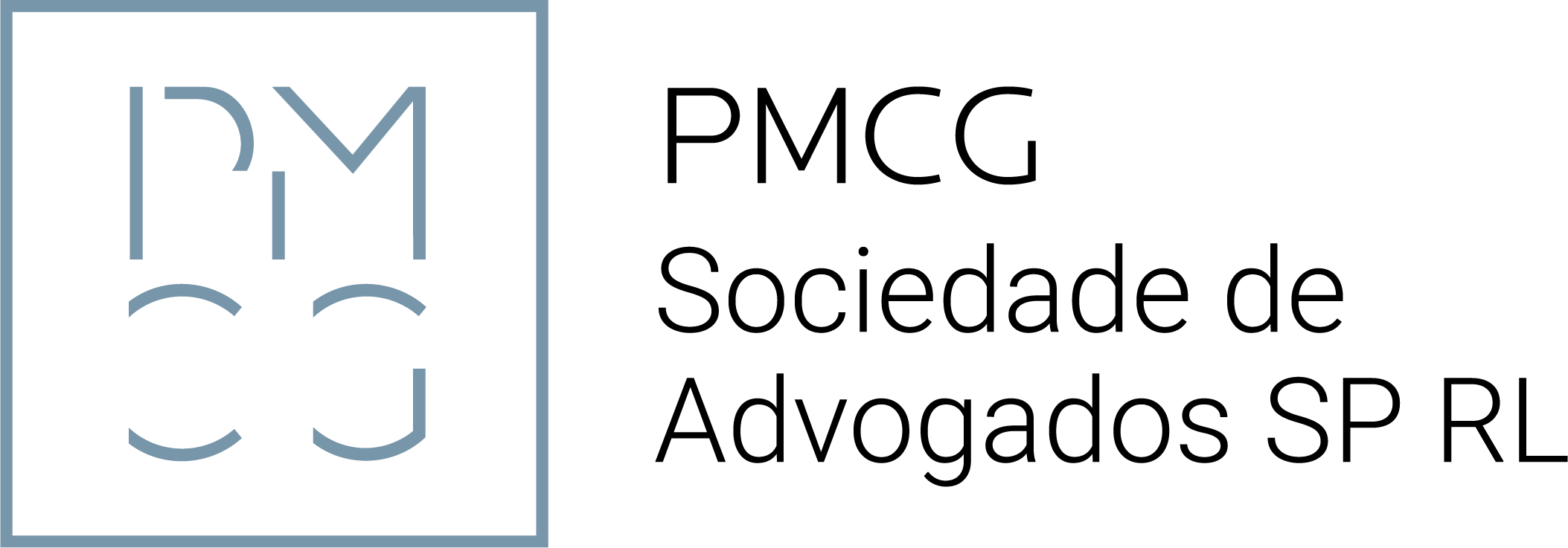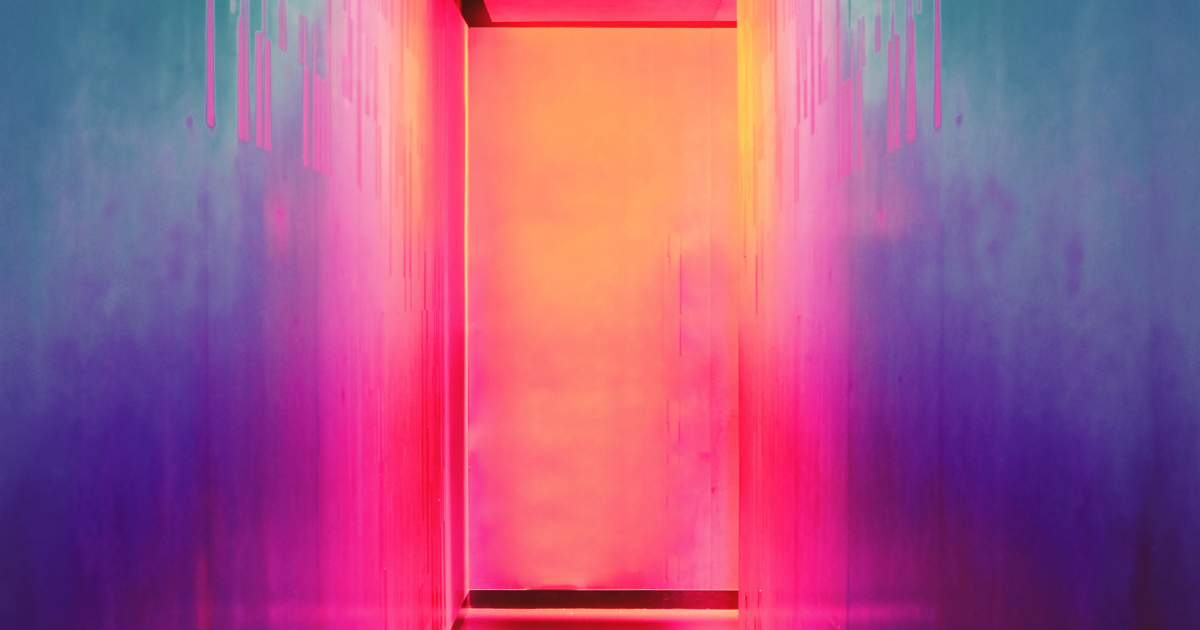“Roses are Red, Violets are Blue”, Can colours be registered as Trade mark™… just for you”???
Colours or combinations of colour have been used for many years to distinguish the goods of one trader from the goods of another. Thus, represent an important element in a picture set of a good or a service, which influence its graphic-visual composition.
Therefore, it’s normal that the colours protection is a relevant subject in claim of a trade dress. However, the shield of one colour it can provide exploitation privileges of just one, taunting imbalance in the competition market.
The limitation of the previous article 223 of the CPI was removed, which only allowed the registration of a color mark when they were combined with each other, or with graphics, sayings or other distinctive elements. To that extent, it will be easier, under the new legislation, to register colors associated with certain products or services as a brand.
According to number 1, point f) of article 222 of Portuguese Industrial Property Code (Código da Propriedade Industrial), coming into force in 1st of July 2019, it can be registered as a brand the colour or colours in which the mark is used, if claimed as a distinctive element.
So, yes, under certain circumstances you can trademark a colour. Let’s introduce you to some examples.
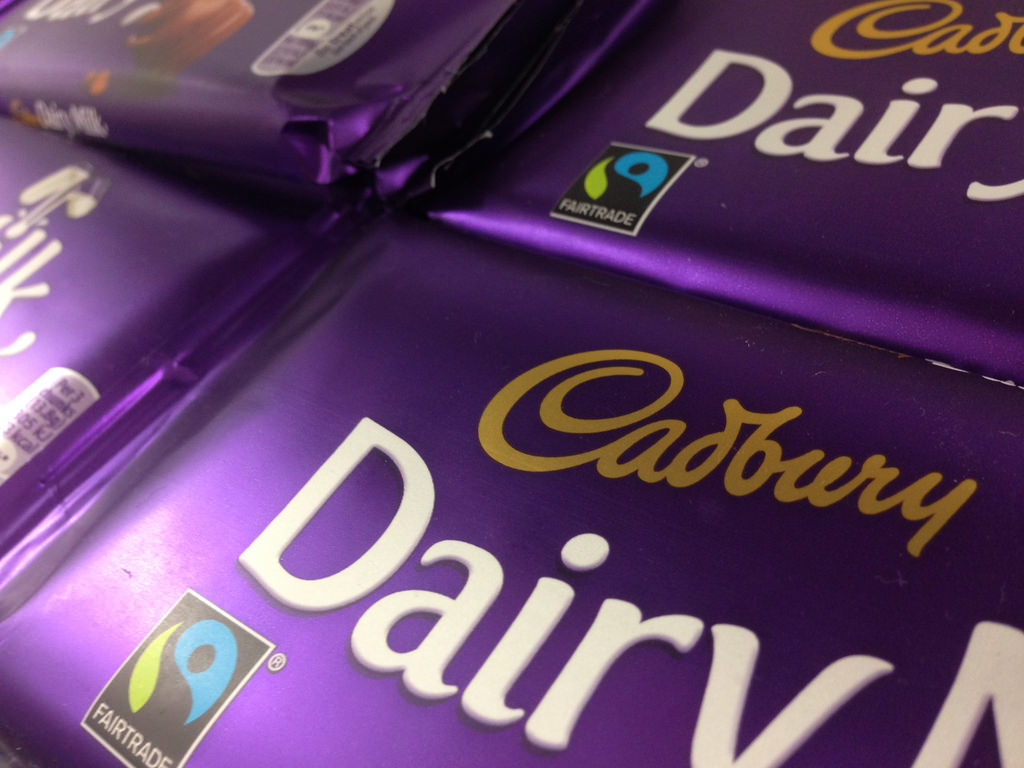
Cadbury UK Limited Vs. The Comptroller General of Patents Designs and Trade marks & Société Des Produits Nestlé S.A. (Case No: A3/2016/3082)
Cadbury UK Limited has for a long time promoted its chocolate bars and tablets using a purple colour on its packaging, which led the company to file a trade mark in 1995 for Pantone shade 2685 C.
On 2nd April 1997 the registrar published a “Special Notice on Colour Trade marks” in the Trade Marks Journal (“The Guidance“), saying that “an application to register properly represented colour(s) as a trade mark is unlikely to face an objection from the Registrar that it is not a graphical representation of the trade mark, if it is made clear how the colour(s) constitute the applicant’s mark. It may be possible to do this by, for example, by defining the mark as being the colour(s) covering the whole visible surface of, or the predominant colour(s) applied to, the visible surface of named items, such as packaging for the goods.”
In 2004 Cadbury applied for a new trade mark to ensure its drinking chocolates, broader chocolate range and cakes could also monopolise legally on its trade mark purple.
Nestlé opposed the application. It said that the colour purple had no distinctive character and was too broad for a range of goods. In agreement, the UK Court of Appeal rejected the application in 2013.
After the decision was made, Cadbury quickly realised that it meant its existing 1995 UK registration was potentially invalidly registered, because it used the same description as the 2004 application. To overcome this potential pitfall, in 2014, Cadbury wrote to the UK intellectual property office (UKIPO) asserting that this trade mark sets out a series of two marks: the colour purple “applied to the whole visible surface of the packaging of the goods” and “being the predominant colour applied to the whole visible surface of the packaging of the goods”. Meanwhile, the company applied to delete the second of its supposed series of marks, whistle retaining the first.
The UKIPO registrar didn’t accept the claim that the description of the mark meant that the registration constituted a series and furthermore, considered the request to delete the predominant colour worded as a possible breach of rule prohibits alternations to registered trade mark.
Cadbury appealed the decision to the UK High Court in 2015, which was dismissed in April 2016. Then again, in December 2018, the UK Supreme Court has refused the right to this confectionary giant change the description of its original trade mark, weakening its claim to the colour, by saying that: “… there is no objection in principle to the registration of a colour as a trademark, even if it is not “spatially defined”, if it is established that the colour has become distinctive of the goods or services of a particular undertaking.”
It must be noted that a colour per se can’t be presumed to constitute a sign, because normally, a colour is a simple property of things, but it depends on the context in which the colour is used. Nevertheless, in relation to a product or a service, a colour per se can form a sign.
The Court of Appeal also clarify that the decision to register an abstract colour mark always depends on the context.

Libertel Groep BV Vs. Benelux-Merkenbureau (Unreported, 6th May 2003, ECJ Case No C-104/01)
The European Court of Justice (ECJ), which operates as Europe’s highest trade mark, way back in 2003 confirmed that a colour can function as an indicator of origin and therefore seek protection as a registered trade mark. The ECJ’s decision in Libertel Groep BV vs. Benelux-Merkenbureau, confirms and clarifies European Practice.
In Libertel, a telecommunications company established in the Netherlands filed a trade mark application with the Benelux trade mark Office for the colour orange with respect to telecommunication’s goods and services.
In the space for reproducing the trade mark, the application contained an orange rectangle. In the space for describing the trade mark, the word “orange” was listed without any reference to a recognizes colour code.
The Benelux Office refused the application, standing that unless Libertel could show that the sign (consisting exclusively of the colour orange) had acquired distinctive character and was thus unregistrable.
Libertel appealed to the Supreme Court of the Netherlands, questioning if a single colour is ever capable of distinguishing the goods of one undertaking from the goods of another, and if so, in what circumstance should a colour per se be registrable.
In this case the European Court of Justice focused on the two requirements of graphical representation and capacity to distinguish. ECJ held that the use of a sample of a colour in question is causes complications as the mark may deteriorate with time.
The ECJ set a precedent in that only a verbal description of a colour will suffice for registration purposes for the filing of both a Community trade mark and a national trade mark. Furthermore, the ECJ went on to say that the description of the mark must be “clear, precise, self-contained, easily accessible, intelligible, durable and objective”.
The essential question before the Court was whether a colour has enough distinctive qualities to function as a trade mark. The Court identified the problem that consumers do not commonly assume or rely on a colour as an indicator of the goods to which the colour is affixed. In fact, the Court went on to say that colour is not ‘in current commercial practice, used as a means of identification’.
It would therefore seem that the starting point for a colour mark is that it is devoid of distinctive character and then it would be for the applicant to provide evidence to the Trade Marks Registry that the mark has acquired a distinctive character through use in the market.
The ECJ went on to say that: “…regard must be had to the general interest in not unduly restricting the availability of colours for other traders who offer for sale goods or services of the same type as those in respect of which registration is sought.”
Finally, the ECJ made it clear that the classifications covered under the ambit of the trade mark application are more likely that the applicant will unfairly restrict consumers in using colours to their packaging/goods. This is a factor that the applicants, Trade Mark Examiners and the Courts should take into consideration before awarding the applicant a monopoly in a particular colour.
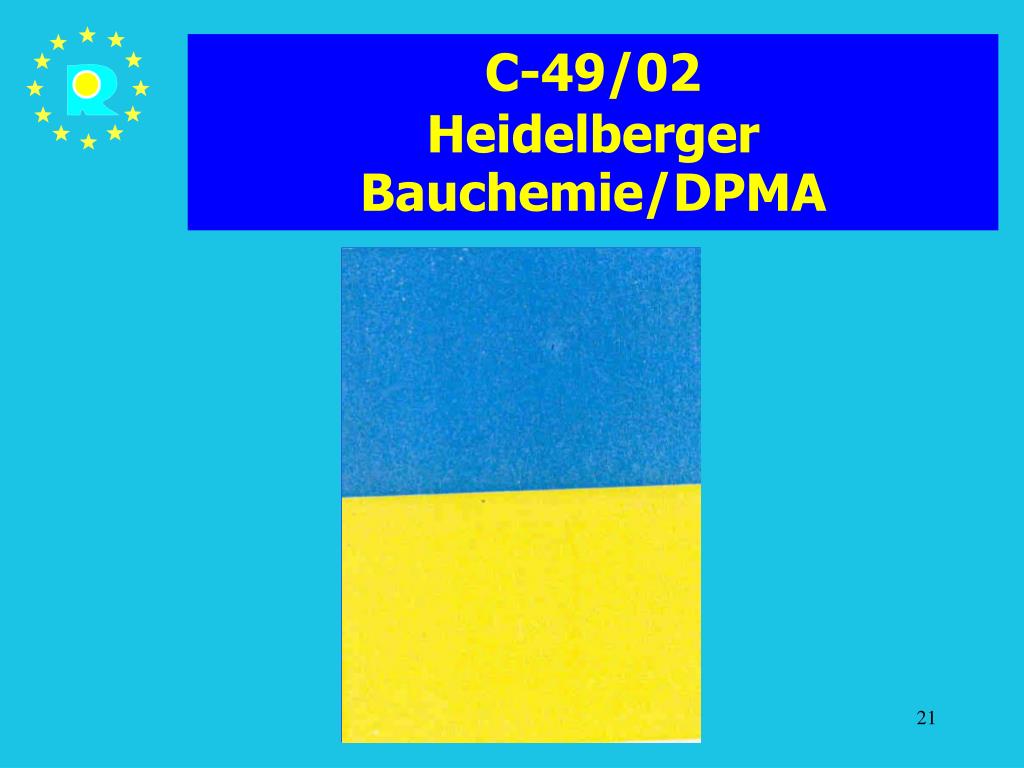
The Heidelberger Bauchemie Case (Judgment of the Court of 24th June 2006 – Case C-49/02 )
On 22nd March 1995, Heidelberger Bauchemie applied to the Patent Office for the registration of the colours blue and yellow as a trade mark. The section headed “reproduction of the mark” comprised a rectangular piece of paper, the upper part of which was blue and the lower half yellow.
Registration of the mark was applied for in relation to a list of various products used in the building trade, such as adhesives, solvents, varnishes, paints, lubricants and insulating materials.
By decision of 18th September 1996, the Patent Office rejected that application on the grounds, first, that the sign which it was sought to register was not capable of constituting a trade mark and was not capable of being represented graphically and, secondly, that the mark was devoid of any distinctive character.
However, in 2nd May 2000 the Patent Office reviewed its position and accepted that colours are in principle able to constitute a trade mark, but rejected the application on the ground of lack of any distinctive character.
Heidelberger Bauchemie brought an appeal against that decision before the Bundespatentgericht.
The Bundespatentgericht considered that it was uncertain whether abstract, undelimited marks could be treated as signs capable of being represented graphically, so decided to stay the proceedings and to refer the following questions to the Court for a preliminary ruling:
“Do colours or combinations of colours which are the subject of an application for registration as a trade mark, claimed in the abstract, without contours and in shades which are named in words by reference to a colour sample and specified according to a recognised colour classification system, satisfy the conditions for capability of constituting a trade mark for the purposes of Article 2 of [the First Council Directive of 21 December 1988 (89/104/EEC), to approximate the laws of the Member States relating to trade marks]?”
According to that article: “A trade mark may consist of any sign capable of being represented graphically, particularly words, including personal names, designs, letters, numerals, the shape of goods or of their packaging, provided that such signs are capable of distinguishing the goods or services of one undertaking from those of other undertakings.”
The answer was that colour classification system may constitute a trade mark for the purposes of Article 2 to trade marks where “it has been established that, in the context in which they are used, those colours or combinations of colours in fact represent a sign, and the application for registration includes a systematic arrangement associating the colours concerned in a predetermined and uniform way.”
Even if a combination of colours satisfies the requirements for constituting a trade mark for the purposes of Article 2 of the Directive, it is still necessary for the competent authority for registering trade marks to decide whether the combination claimed fulfils the other requirements, particularly in Article 3 of the Directive, which also mention the “distinctive character”.
Thus, for one colour to be a trade mark may consist of any sign, which is capable of being represented graphically and can distinguishing the goods and services of one undertaking from those of another.
The number 1 of article 5 from the Directive (EU) 2015/2436 of the European Parliament and of the Council of 16th December 2015 assigns, to a trade mark holder, an exclusive right, referent to some specific goods or services, which allowed them to build an unlimited monopoly in time of a sign registered as a trade mark.
About this topic, ECJ stated the existence of a small number of available colours, which can exhaust, in spite of the small number of trade marks to specific goods or services.
This is not according to free and fair competition in the European Union once that it’s crucial to understand how far the protection of “abstract colour marks” is compatible with the requirement of legal certainly for all operators in the market or prevents the free movement of goods and services by granting the proprietors of trad e marks over-extensive monopoly rights, which are unreasonable from the point of view of their competitors.
So, we can answer, that:
“Roses are Red, Violets are Blue”
It’s not easy, but eventually
A colour may be registered as a trademark just for you.
